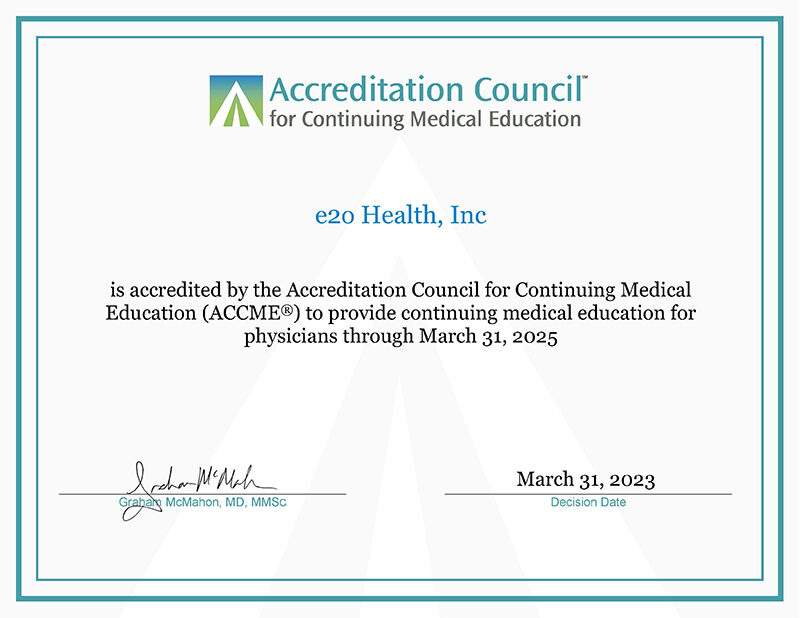Enrolling as a healthcare provider with major insurance companies like Aetna, Cigna,
UnitedHealthcare (UHC), and others can be a challenging and time-consuming process. Each
insurance company has its own distinct requirements and procedures for provider enrollment,
and the level of difficulty can vary based on several factors:
Application Process: Providers are typically required to complete an application form and submit
various documents, including proof of credentials, certifications, licenses, and malpractice
insurance.
Credentialing Requirements: Insurance companies conduct a comprehensive review of a
provider’s education, training, work history, and certifications as part of the credentialing
process.
Network Needs: The ease or difficulty of enrollment may depend on whether the insurance
company requires more providers in specific specialties or geographic areas, influencing the
speed and complexity of enrollment.
Time and Administrative Work: The enrollment process involves substantial paperwork and
administrative tasks, often taking several weeks to months to complete.
Compliance and Regulations: Providers are expected to comply with each insurance company’s
specific regulations and policies, which can include maintaining certain quality standards and
meeting administrative obligations.
Follow-Up and Communication: Throughout the enrollment process, ongoing communication
with the insurance companies may be necessary. Providers need to be responsive to any
additional requests or questions, which can affect the enrollment timeline.
Enrolling simultaneously with multiple insurance companies can intensify the workload and
complexity. Each company has its own set of unique requirements, forms, and procedures,
making it essential for providers to navigate these individual demands. Despite the challenges
posed by extensive paperwork and varying requirements, many healthcare providers find the
process manageable with meticulous attention to detail and a clear understanding of each
insurer’s expectations.
Providers may benefit from familiarizing themselves with the specific enrollment requirements of
each insurance company and seeking guidance from experienced colleagues, professional
organizations, or consultants. Additionally, some providers opt to work with third-party
credentialing services to streamline and manage the enrollment process across multiple
insurance companies.
What do we do better at Compliance Watchdog?
To streamline and make the provider enrollment process with insurance companies more
manageable, we have a systematic step-by-step plan of action:
Research and Understand Requirements:
Our experts, managers, and specialists at e2o health make this enrollment process much
easier. We came up with 8 steps of workflow in enrollments, which allows us to keep every
single enrollment up to date.
We gather information about the enrollment requirements of each insurance company. Visit their
official websites, contact their provider relations department, or seek guidance from professional
associations familiar with the enrollment processes.
Prepare Documentation in Advance:
Collect and organize all necessary documentation, such as licenses, certifications, malpractice
insurance, and any other requested credentials, ensuring they meet the specific requirements of
each insurer.
Utilize Credentialing Services or Software:
At e2o, our credentialing services and Compliance Watchdog help manage the application
process, documentation, and deadlines across multiple insurance companies. These services
can help streamline the paperwork and ensure compliance with various requirements.
Create a Checklist for Each Insurer:
Develop a detailed checklist for each insurance company, outlining their specific forms,
deadlines, and required documents. This will help maintain a clear overview of the process for
each entity.
Centralize Communication and Follow-Up:
Designate a specific point of contact within your practice or team to handle all communication
with the insurance companies. Ensure timely and thorough responses to any inquiries or
additional documentation requests.
Establish a Timeline and Deadlines:
Create a schedule with specific deadlines for completing and submitting applications to each
insurer. Plan ahead and allow for potential delays to ensure timely submission.
Maintain Accurate Records:
Keep meticulous records of all communications, submissions, and responses to and from the
insurance companies. This will help track progress and ensure no steps are missed.
Regularly Review Progress and Update:
Regularly review the progress of each application. Update and adjust the plan as needed,
especially if there are any delays or additional requirements from the insurance companies.
Consider Professional Guidance:
Consult with professionals or advisors experienced in provider enrollment processes. They can
provide insights, strategies, and support to navigate the complexities of enrolling with multiple
insurance companies.
Evaluate Technology and Automation:
Explore the use of automation tools or software that may help streamline certain parts of the
enrollment process, such as filling out repetitive forms or managing documents more efficiently.
By following this structured plan of action, providers can significantly ease the complexity of
enrolling with multiple insurance companies, ensuring a more organized and efficient process.
What is the role of CAQH in Aetna, Cigna, Humana, UHC, and
other insurance provider enrollments?
CAQH administers the Universal Provider DataSource (UPD), serving as a centralized
repository for gathering and retaining provider-related information. This includes details about a
provider’s professional background, practice specifics, credentials, licenses, certifications, and
other essential data. The significance of CAQH concerning these insurance companies is
evident in several key areas:
Simplified Provider Enrollment: Participating insurance firms commonly rely on CAQH as a
primary source for accessing provider information throughout their enrollment procedures.
Providers can grant permission to share their data with these insurers, thus eliminating the need
to repetitively submit identical information to each individual company.
Enhanced Efficiency and Time Management: Through CAQH, providers can update their
information in a single location, which is then accessible to numerous participating insurance
companies. This notably decreases the administrative load on providers and expedites the
enrollment process with different insurers.
Standardized Information: CAQH advocates for uniformity in the data collected, making it
simpler for insurance companies to verify a provider’s qualifications. This contributes to
heightened accuracy and dependability in the shared data across various entities.
For Aetna, Cigna, Humana, and UnitedHealthcare, the utilization of the CAQH system allows
these insurance companies to retrieve a consistent set of provider data, thereby facilitating a
more efficient and standardized enrollment process. Providers benefit from a more streamlined
experience by maintaining their information in a singular location and allowing its dissemination
among multiple insurers. This results in a reduction in the administrative load and time invested
in enrollment procedures.

s88dzt
grroes
qah75o